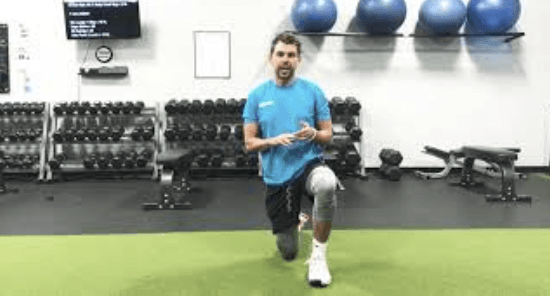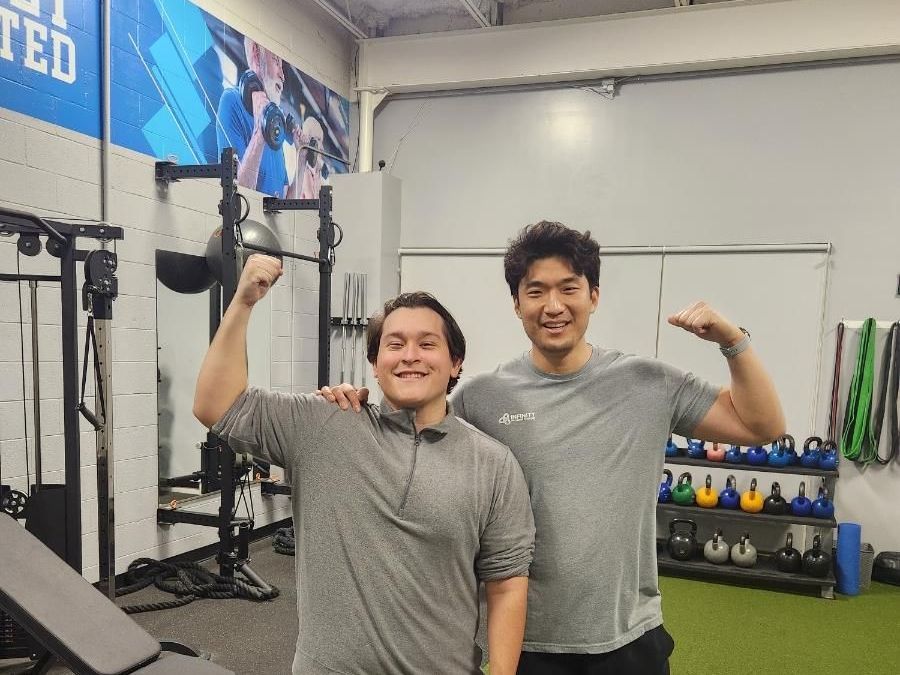July 13, 2019
The Truth About Wide and Narrow Squats Which One is Best for You?
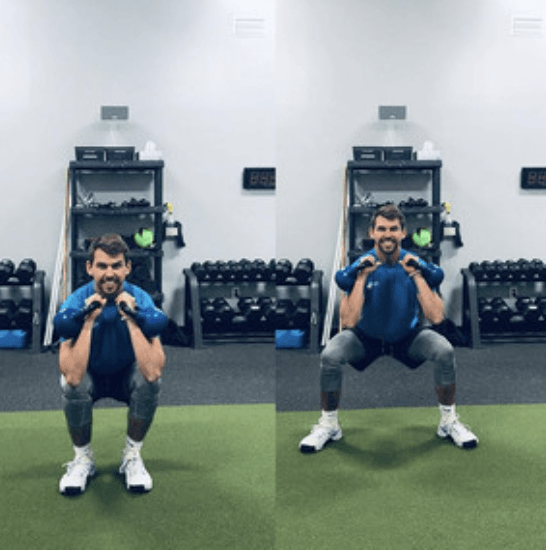
There are tons of different squat styles out there, and if you are new to training you might feel a little lost. Just because you see a guy in the gym that looks like he can pick up a car squat with a wide stance doesn’t mean that is what you should be doing. There are also a lot of myths out there about where the feet should go like always squat with your feet just outside shoulder width. So, how do you know where those feet should go? Well the answer is, it depends.
First off lets go over what the differences are between a narrow stance and a wide stance squat?
Narrow Stance- This stance is going to target the inner quads and hamstrings much more and requires a longer range of motion. However, this extra range of motion can also put more stress on the knees.
Wide Stance- This stance is going to incorporate much more muscles in the lower body and develop the glutes much more than the narrow stance.
So it seems like wide is the way to go right? Well, typically yes. Still, it depends on a few other things. My top 3 things to consider are:
Anthropometry (Body Proportions) - The truth is, not everyone's bone and skeletal makeup is the same. The hip joint is a ball and socket joint. The acetabulum AKA the "socket" is located on the hips where the femur links in. This spot is not in the same place on everyone. If your acetabula are located more on the anterior, or front side of the pelvis, a narrower squat width would allow a greater ROM, In contrast, if your acetabula happen to be more towards the lateral or outside sides of the pelvis, then a wider stance with toes pointing outwards will probably be best as far as achieving your full depth is concerned.
For more information on personal or online training with Infinity Personal Training, click here!
Goals- When choosing your squat stance, you also need to think about what it is you are trying to accomplish. Are you trying to get as strong as possible or are you trying to work on more aesthetics? Neither is better than the other. Everyone has different goals and your training should reflect those goals. If you are working on aesthetics the narrow squat is probably better. You are more upright, and working the quads through a deeper range of motion. Here it is all about tension, or isolating the quads while minimizing involvement of the lower back and glutes (to a degree).
Injury History- Maybe you got injured playing sports when you were younger and every time you squat you feel pain in your knees or low back. You are probably going to want a wider stance. As mentioned earlier, the close stance puts lots of tension on the quads and allows for more forward drive of the knees. The Wider stance keeps the shins more vertical and also reduces the distance for your hips to get lower and hit parallel. This is important if you have every had a foot or ankle injury you will probably not want to go to narrow or risk getting injured.
All in all, if you are focusing on getting as strong as possible and move as much weight as you can you are probably going to want something wider that will allow you to activate as many muscles in your lower quadrant. This stance is all about taking away as much tension as possible and keeping the actual squat movement as the main priority. Still, whatever method or stance that allows you to move the most weight is the right stance for you.
Try out this quick little drill out to find your optimal squat stance.
- After you finish stretching, find a mirror and get on your elbows and knees with the knees far apart.
- Keep a flat back and make sure your head and shoulders are closer to the floor than your hips are.
- Then, by slowly rocking backwards, push your butt towards your heels and take note of where your spine starts to curve.
- Repeat this test with a narrow knee and foot width and with a mid width. Keep playing around with different widths.
You'll notice that you'll be able to keep a flat back for longer in a certain position versus others. Take this as an indicator of what your foot position should be when you squat. If you're confused and looking for a customized online or in person program tailored to your specific goals click here to schedule a free session or 20 min call.
You might also like
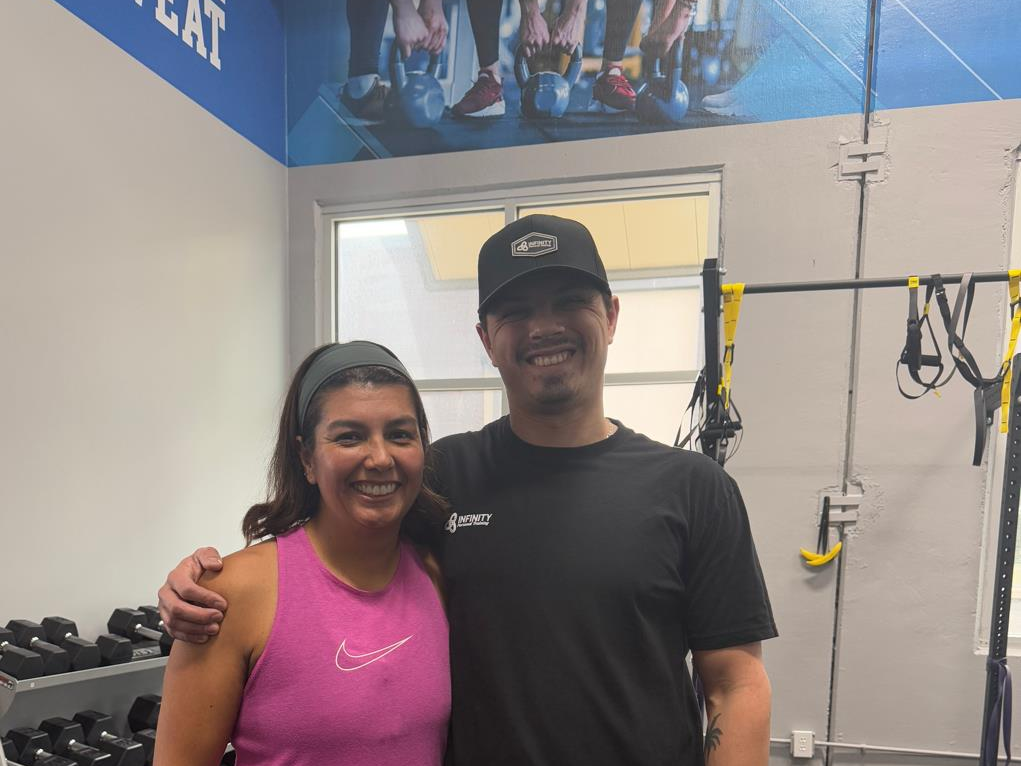
Within 6 consistent months at IPT’s Semi Private Program, Diana is down 17.9 lbs and 8.8% body fat! The greatest thing about Diana is she always steps up to the challenge in front of her. From the beginning, she set a big goal and didn’t let anything hold her back from getting there. She quickly implements feedback to progress forward. Her consistency in and outside the gym has been incredible
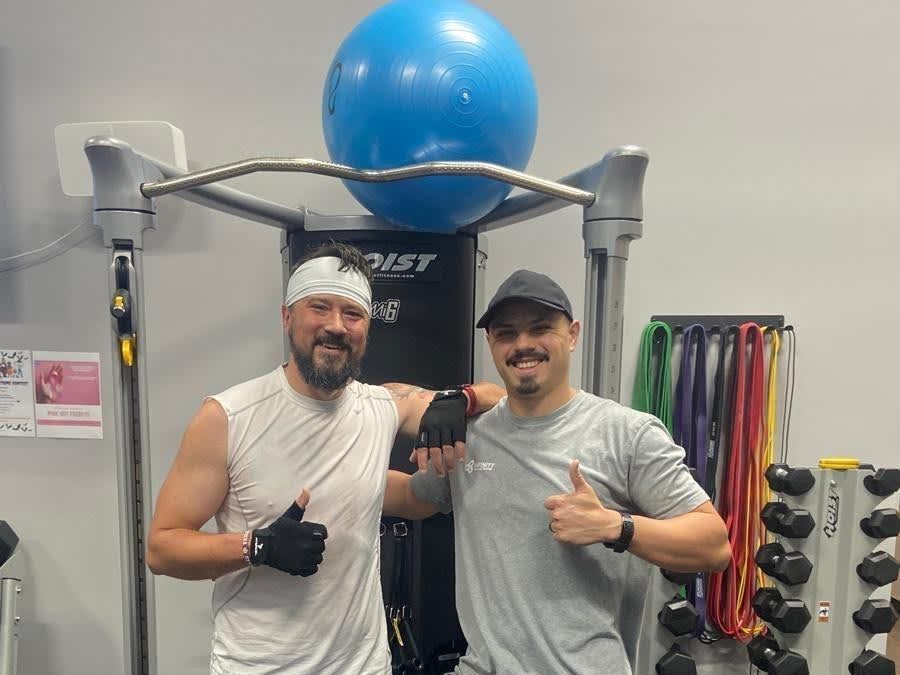
Within 4 consistent months at IPT’s Semi Private Program, Ryne has lost 20.2 lbs of body fat, and dropped his body fat percentage by 7%! Ryne is super consistent, is always pushing himself in the gym and does the work to get the results he strives for. He also shows up consistently with a positive attitude. Every 5:15 am class he is welcoming everyone in, talking to the new clients and hyping up those around him.


